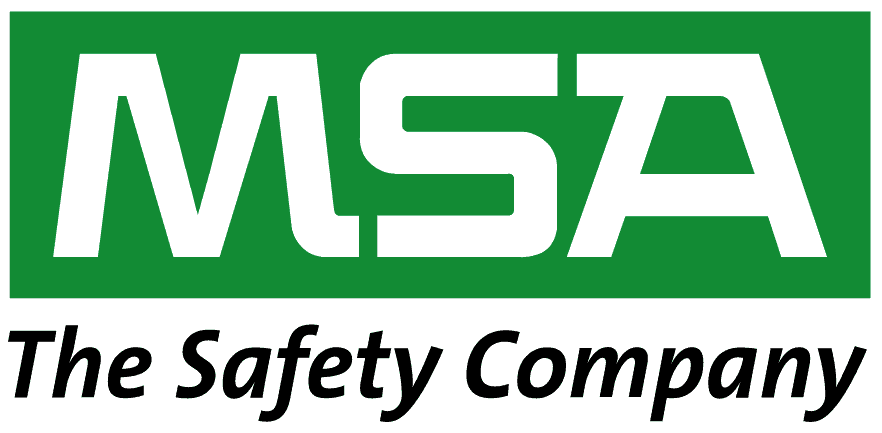Speaking at The Lighterman in London’s King’s Cross last Thursday (20 March), the University of Brighton academic and alumnus Misbah Mahmood Asim – one of two Studio Bark architects to have studied at Brighton’s School of Architecture – shared their experiences of testing and applying circular economy principles inside and outside the classroom.
Baker-Brown explained how the Brighton Waste House, a teaching facility constructed of 85 per cent waste materials, which is now over a decade old, was the result of the architecture school’s emphasis on material reuse and relationships with manufacturers.
He said of the end result: ‘The objective was to get [the Brighton Waste House] looking like a proper building on the outside but the inside [is waste material].’
Advertisement
Baker-Brown explained how the ethos behind the Brighton Waste House is increasingly being applied on projects such as Carmody Groarke’s Ghent Design Museum, which has used elements including a low-carbon brick made from the city’s recycled municipal waste.
Baker-Brown himself has used materials such as carpet tiles, burnt brick repurposed as flooring, bicycle inner tubes used as sound insulation, oyster shells used as tiles, and 25,000 used toothbrushes from Gatwick Airport, which were turned into new materials for the Waste House.
Calling for less carbon-intense materials in construction, he added: ‘We’re not saying build with toothbrushes. We’re saying don’t design that stuff. We’ve still got most of the plastic that’s ever been made.’
Baker-Brown also made the case for architect to use ash tree dieback, which is commonly felled, chipped, and burnt instead of being used for construction, and sweet chestnut coppicing, an ancient and renewable form of forestry often practised in East Sussex and Kent.
Taking up the theme, Mahmood Asim explained Studio Bark’s extensive use of wood in her studio’s projects – for buildings, art installations and furniture.
Advertisement
She told the lunch: ‘We were focused on parts of the wood that were usually discarded or considered useless or waste timber[...]and worked with structural engineers to come up with ways that we could transform the waste to turn into structural elements.’
On the importance of education, she added: ‘One of our founders also studied and worked with Duncan. So I think that kind of ethos of sustainability environment design has run through our practice and originated from our experiences in Brighton.’
Asked during a question and answer session whether or not circular economy principles were becoming mainstream, Mahmood Asim acknowledged there was ‘still a bit of a way to go on circular economy education’.
She continued: ‘In terms of schools pushing that as an initiative, I don’t think it’s that many. It comes down to individual studios or individual tutors and individual students and what their interests are. I think there is definitely interest across the board.’
The event at The Lighterman was hosted by AJ managing editor Will Hurst.
The 2024-2025 AJ100 Club events are sponsored by MSA Safety and Ceramica Sant’Agostino.


 The Architects’ Journal Architecture News & Buildings
The Architects’ Journal Architecture News & Buildings













Leave a comment
or a new account to join the discussion.